
5 things to know about Winnipeg’s big sewage problem
115 billion litres, 70 years to fix, $5.5 billion in lawsuits
Imagine the worst house guests: demanding, confrontational, destructive. Uninvited and refusing to leave. Then their friends show up and suddenly the fridge is empty, the TV is broken and you’re sleeping on an air mattress on the balcony.
That’s just a taste of what some local species on the coast of Vancouver Island have endured since European green crabs arrived.
These pernicious predators wreak havoc on the coast. They tear up eelgrass beds that nurture juvenile salmon, feast voraciously on clams and mussels and push local shore crabs from their habitat.
Over the last 14 months, Coastal Restoration Society, a non-profit focused on environmental remediation, has been working with Fisheries and Oceans Canada and Ahousaht, Tla-o-qui-aht and T’Sou-ke First Nations to remove invasive green crabs from their territories.
Almost half a million have been lured into commercial style prawn traps with pieces of frozen herring. Their flat, jagged little bodies are packed into large tubs and delivered to industrial freezers, where they are flash frozen in an icy death. Until early last summer, many were then left to rot at the landfill.
That didn’t sit right with Ahousaht Tyee Hawiih Hasheukumiss.
“What a waste of protein that we’re throwing out the door,” he said in an interview.
Green crab may be an environmental blight, but they’re also edible. At a time when inflation has driven up the price of groceries and food banks are seeing record demand, Hasheukumiss doesn’t see the sense in throwing out food.
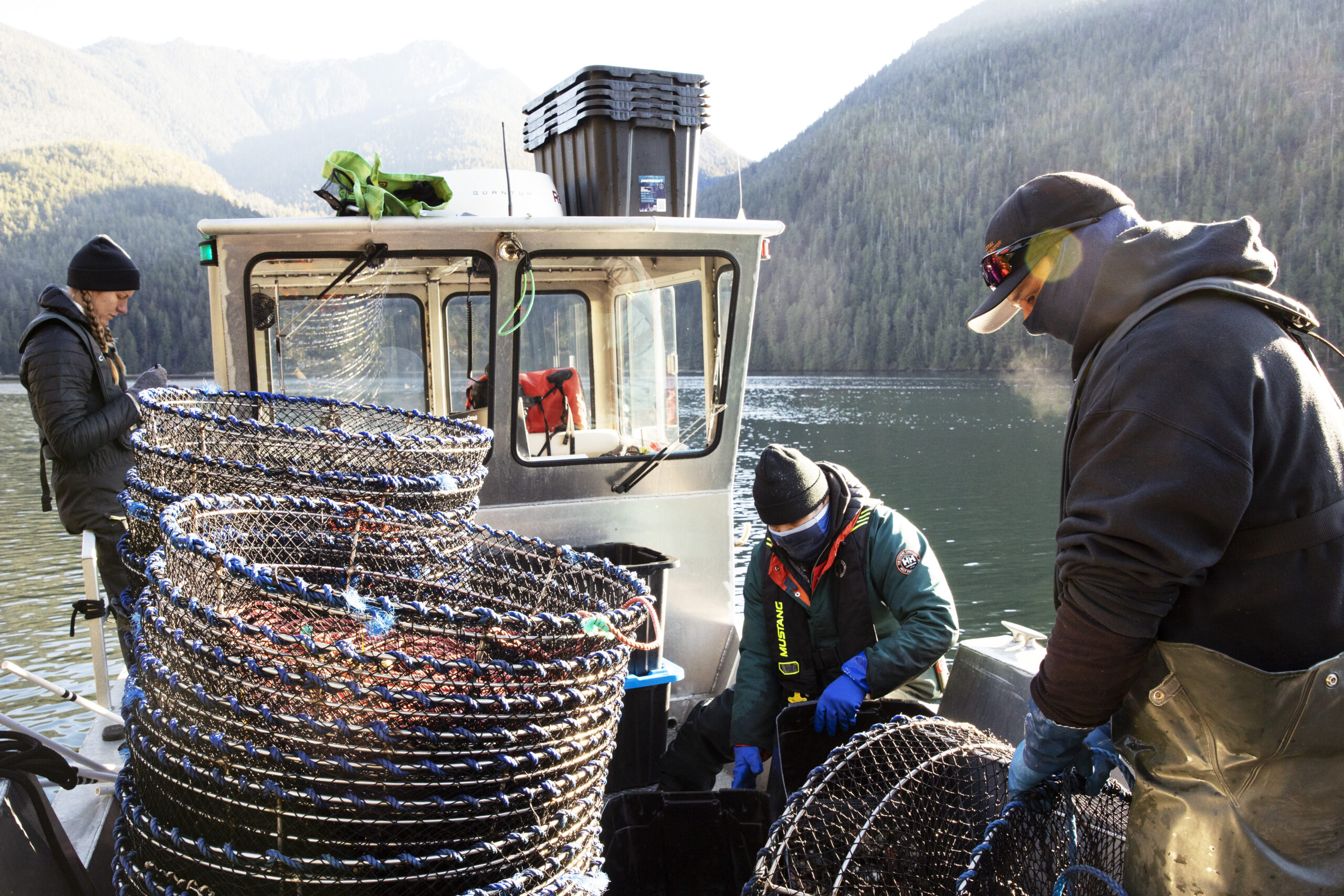
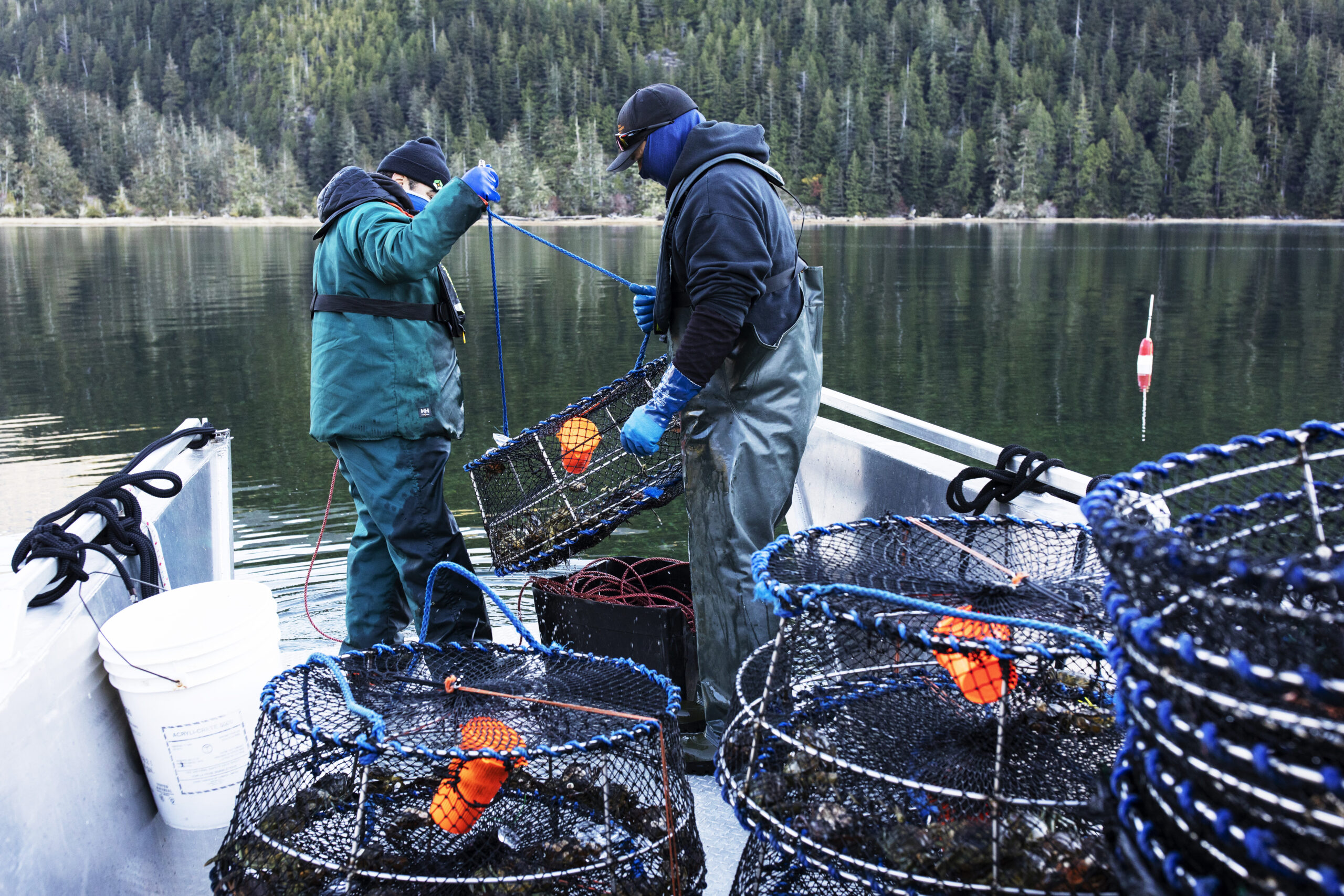
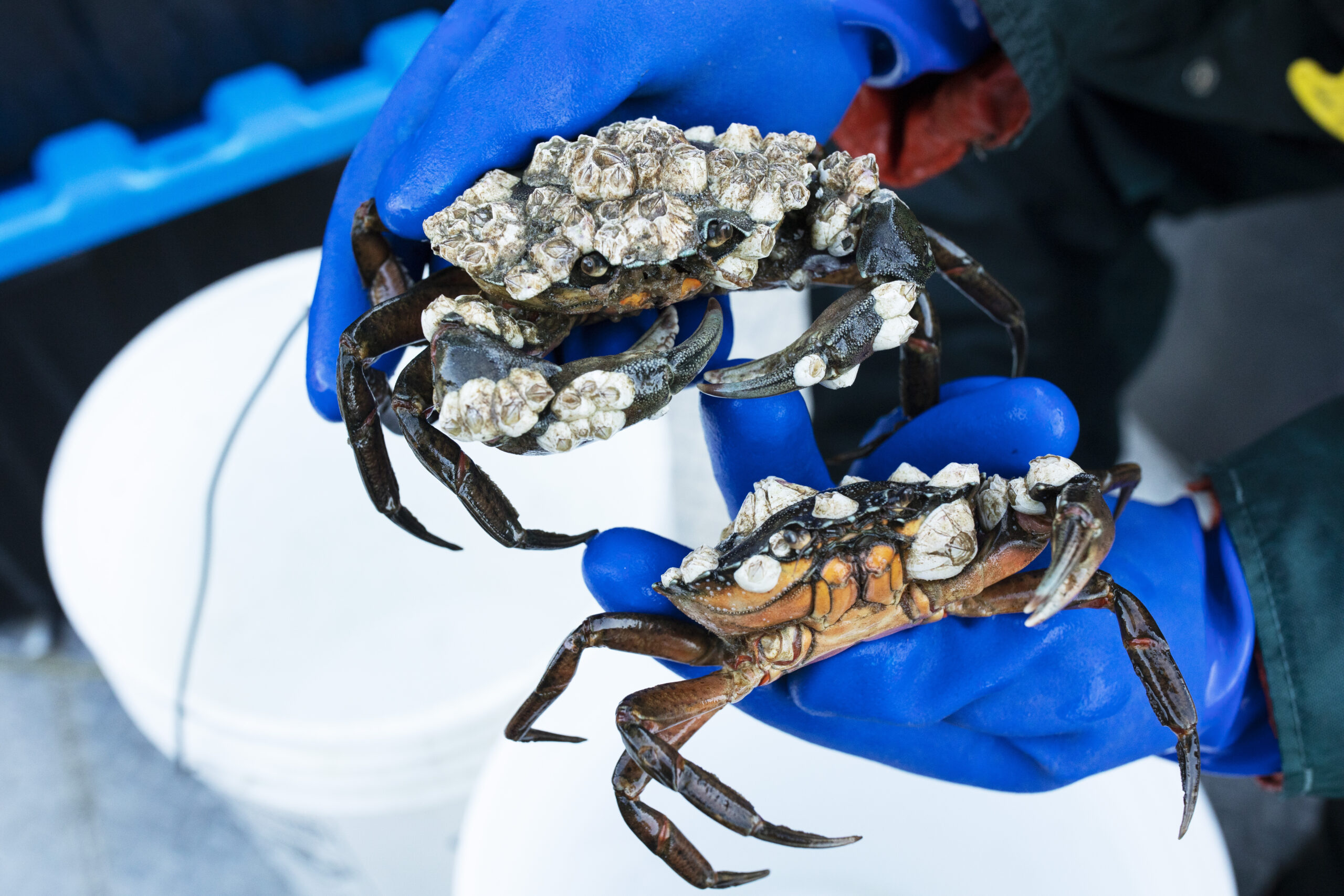
The three First Nations and Coastal Restoration Society are urging Fisheries and Oceans Canada to review its policies for what happens to invasive species after they’re removed from an ecosystem. Ultimately they want the government to lift restrictions on Coastal Restoration Society’s licence and give the nations authority to decide what happens to the piles of European green crab pulled from the ocean.
“We got approval for using the green crab for fertilizer, which is a big one,” Hasheukumiss said.
Soon the nation will use thousands of pounds of invasive crabs to fertilize trees that struggled to grow after being planted in a logging cut-block in Ahousaht territory, he said.
But for the moment, Fisheries and Oceans Canada isn’t allowing anyone to eat the crabs the trapping teams catch. That was a “bit of a blow,” Hasheukumiss said. But he’s not giving up just yet: “I feel that we’re going to win this one.”
In a statement to The Narwhal, Alexandra Coutts, a Fisheries and Oceans Canada spokesperson, explained European green crabs are considered a type of shore crab. Under federal law, recreational or Indigenous harvesters can take shore crab for food with the appropriate licence or approval.
At this point however, “no commercial or scientific licences for the harvest of European green crab for human consumption have been issued in British Columbia or within Canada,” she said.
European green crabs, which are native to Europe and North Africa, likely reached North America in the early 1800s as stowaways on ships that crossed the Atlantic.
The crabs are now well established on the east coast, where they’re taking a toll on commercial fisheries.
Brenda Viscount, a Newfoundland fisher and field technician, who collects green crabs for a mitigation program, said even after years of trapping it’s a struggle to keep pace with the spread. But without such programs, Viscount said the crabs would cause even more destruction.
Already, the feisty invaders have pushed out smaller lobsters in some areas, in others the seafloor is littered with empty clam and mussel shells, the remains of a feast.
“They’re very aggressive creatures,” Viscount said. “You can turn one bottom up and in a split of a second that crab is right back on its legs again.”
Yet, “you turn a rock crab bottom up and it will probably die bottom up because it can’t turn over,” she said.
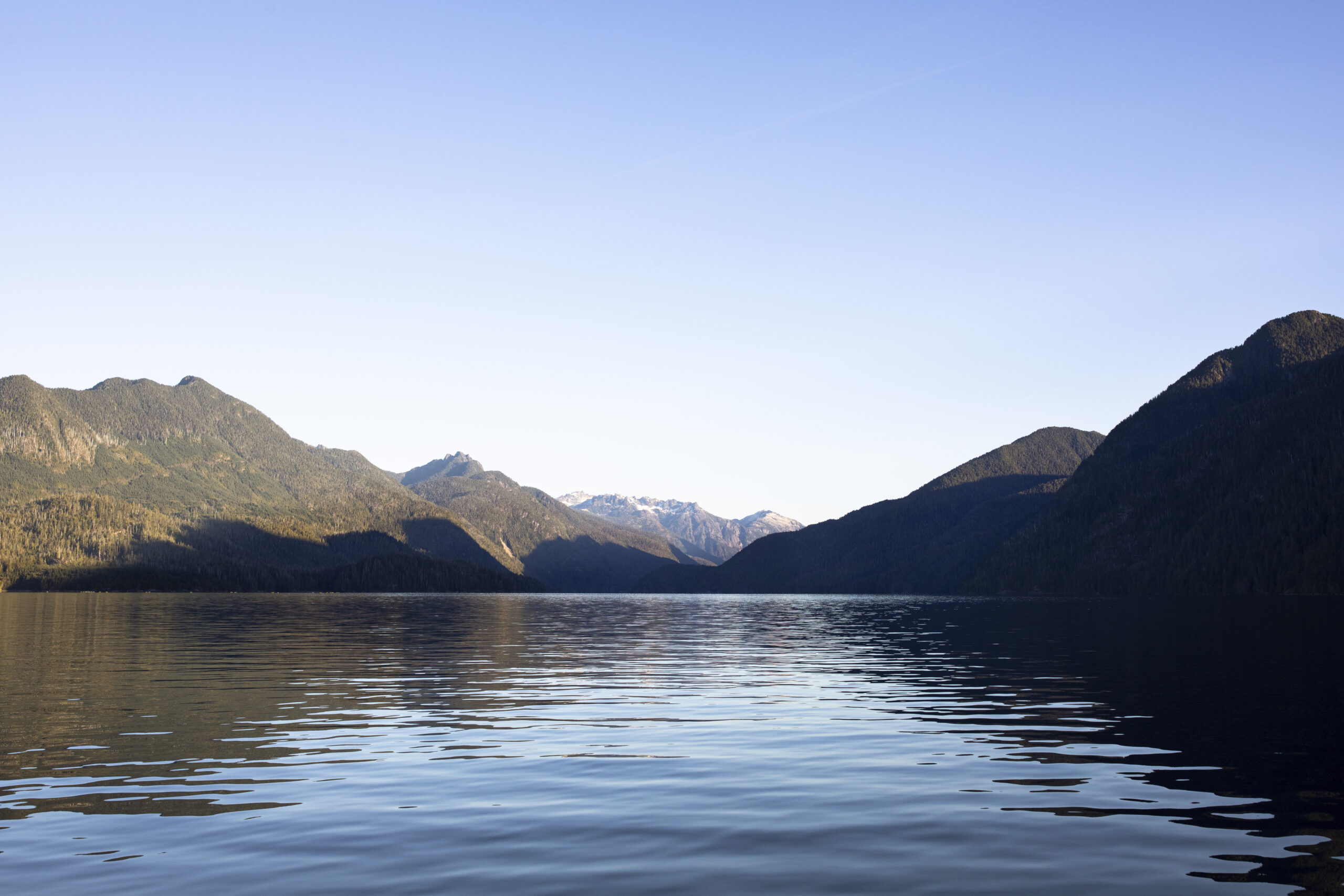
In other words, green crabs are tough. And, it’s why they’re successful invaders.
By the 1980s the crabs, this time hitchhiking aboard ships traversing the Panama Canal, reached California.
From there, they rode ocean currents north.
Green crab populations balloon and spread easily — females can release up to 185,000 eggs each time they spawn. Their larvae drift in the water for weeks before settling in the shallows along the coast. They’re a hardy species, but they thrive in sheltered estuaries where rivers empty into the ocean, there’s soft sediment to burrow in and eelgrass meadows lush with food.
“The deep inlets of Clayoquot Sound, for example, make the perfect habitat for green crab,” Crysta Stubbs, a senior project manager and lead biologist with Coastal Restoration Society, said.
Put enough of them together and these relatively small crustaceans can “completely transform an estuary,” she said.
In some places, on the southwest coast of Vancouver Island where the crabs have been found for decades, it’s already happening. There are eelgrass meadows in Barkley Sound, for instance, that have disappeared in the wake of a green crab invasion, Thomas Therriault, a Fisheries and Oceans Canada research scientist, told The Narwhal.
Local Hemigrapsus shore crabs, once abundant, are now harder to find.
“It used to be you’d flip a rock and you’d be like, ‘Oh a bunch of Hemigrapsus scurry out,’ right, now, you flip lots of rocks on those same beaches and you don’t see any Hemigrapsus,” he said.
“They’re pushing out the natural species that are there, the Dungeness crab, everything,” Hasheukumiss said.
For Ahousaht First Nation, Dungeness crabs are culturally and economically important. They’re not only food but also a source of jobs and revenue through the commercial fishery.
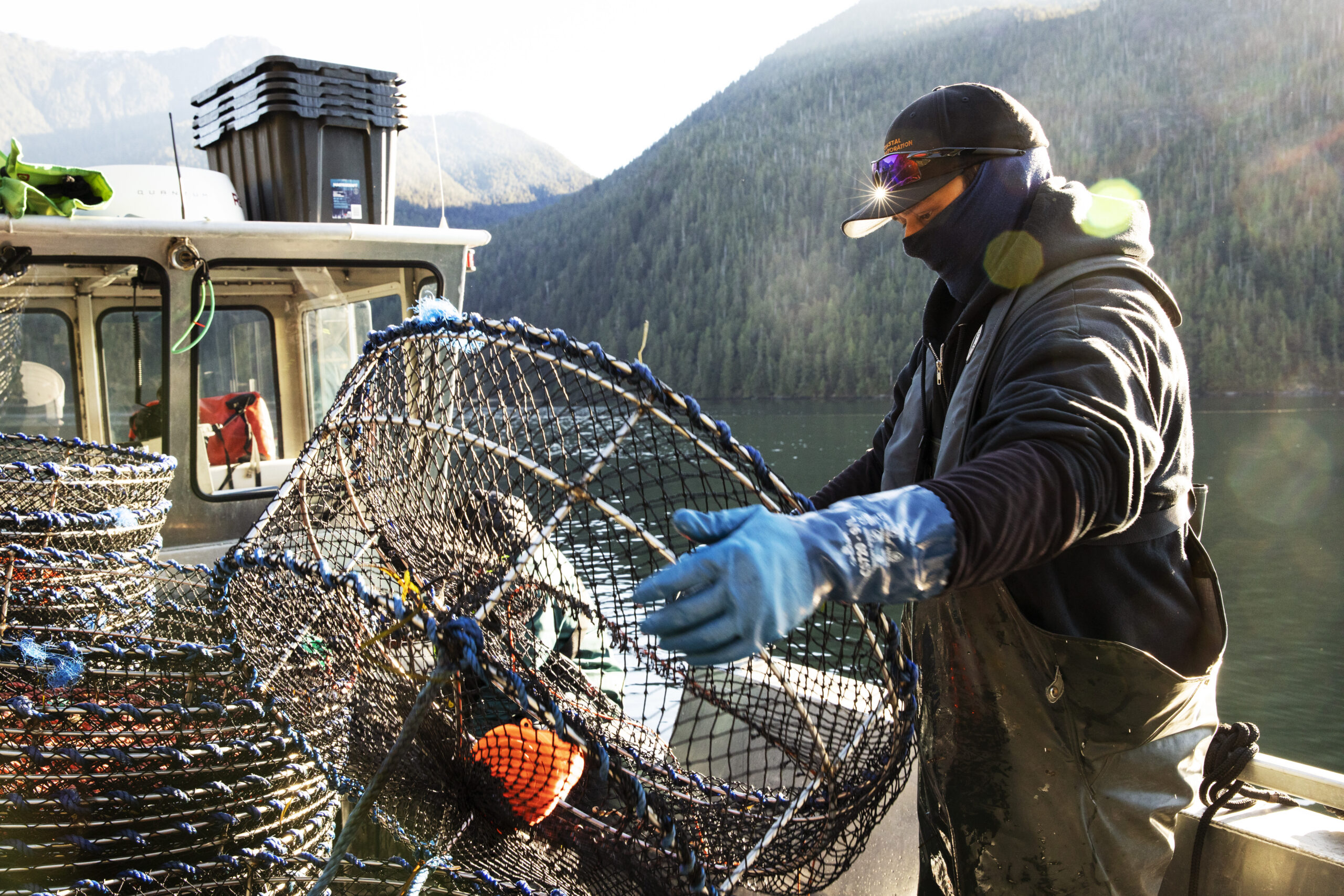
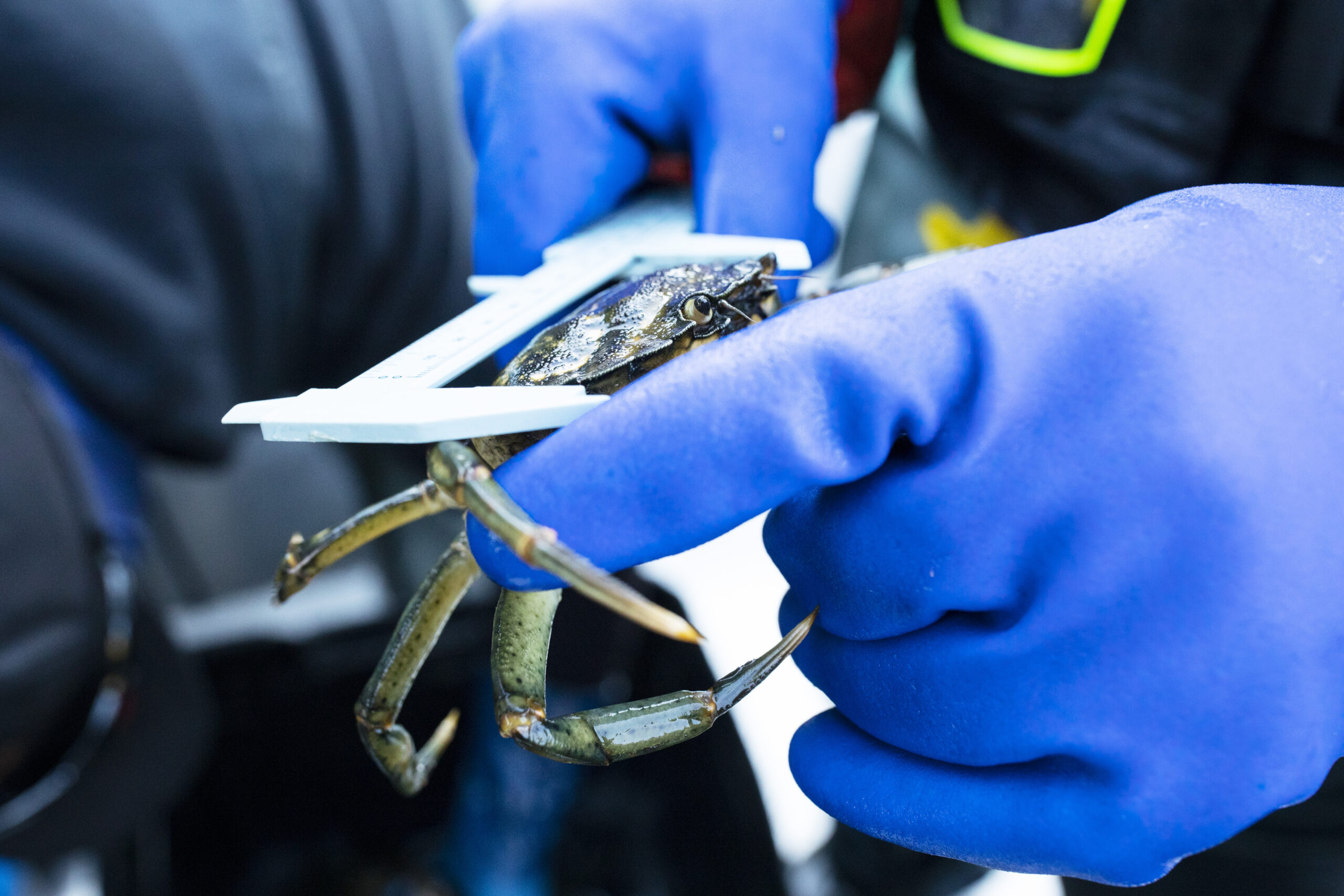
According to Therriault, green crabs seem to thrive in less salty water than local species like Dungeness crabs, meaning they can get a foothold in areas with little competition. Once established they expand into deeper, saltier water, pushing native species out.
Green crabs aren’t picky eaters. They feast on everything from plants and detritus to worms, clams and gastropods, Therriault said. They’ve even been known to devour the young of other crab species.
Their presence also threatens wild salmon, already overburdened by warming waters, pollution and habitat destruction.
The invasive crabs mow down eelgrass meadows, snipping the grasses as they forage for shellfish buried among the roots.
For juvenile salmon that shelter, feed and grow in these meadows before they’re forced to contend with the myriad risks of the open ocean, losing eelgrass nurseries can be calamitous.
So far, established green crab populations in B.C. have been found off the coast of Vancouver Island, but they’ve been sighted as far north as Alaska.
In the past, green crab larvae, thwarted by the cold, struggled to reach these northern areas, Therriault said.
But as the climate crisis intensifies marine heatwaves, “larvae are just riding those northward flowing currents into areas that otherwise they wouldn’t have had access to,” Therriault said.
Climate change may also make it easier for the crabs to sneak into the Salish Sea, the waters between the southern half of Vancouver Island and mainland B.C. and Washington.
Ocean circulation patterns have so far protected the Salish Sea from a major incursion, Therriault explained.
Larvae from established green crab populations nearby are typically pulled away from the Salish Sea, not into it, he said.
During those times of year when the flow reverses, it’s typically been too cold for any larvae pulled in to survive, he said. But warming waters increase the chance that any larvae that do drift into the Salish Sea not only survive, but thrive.
There’s little hope of eradicating green crab from the west coast of North America. However, there are options for controlling populations to lessen their impact on ecosystems.
Fisheries and Oceans Canada is working with First Nations and community groups to establish a monitoring network to track the crabs’ spread.
Similar efforts are underway in Washington State, where green crabs have been declared an emergency. Officials in Canada and the U.S. are working in tandem to manage the problem, recognizing that as far as green crabs are concerned, the border doesn’t exist.
There is some hope. Early results from Coastal Restoration Society’s pilot program in Ahousaht, Tla-o-qui-aht and T’Sou-ke territory show commercial-style trapping can help control populations.
The teams trap five days a week in estuaries at the mouth of salmon-bearing rivers, where green crabs have established populations.
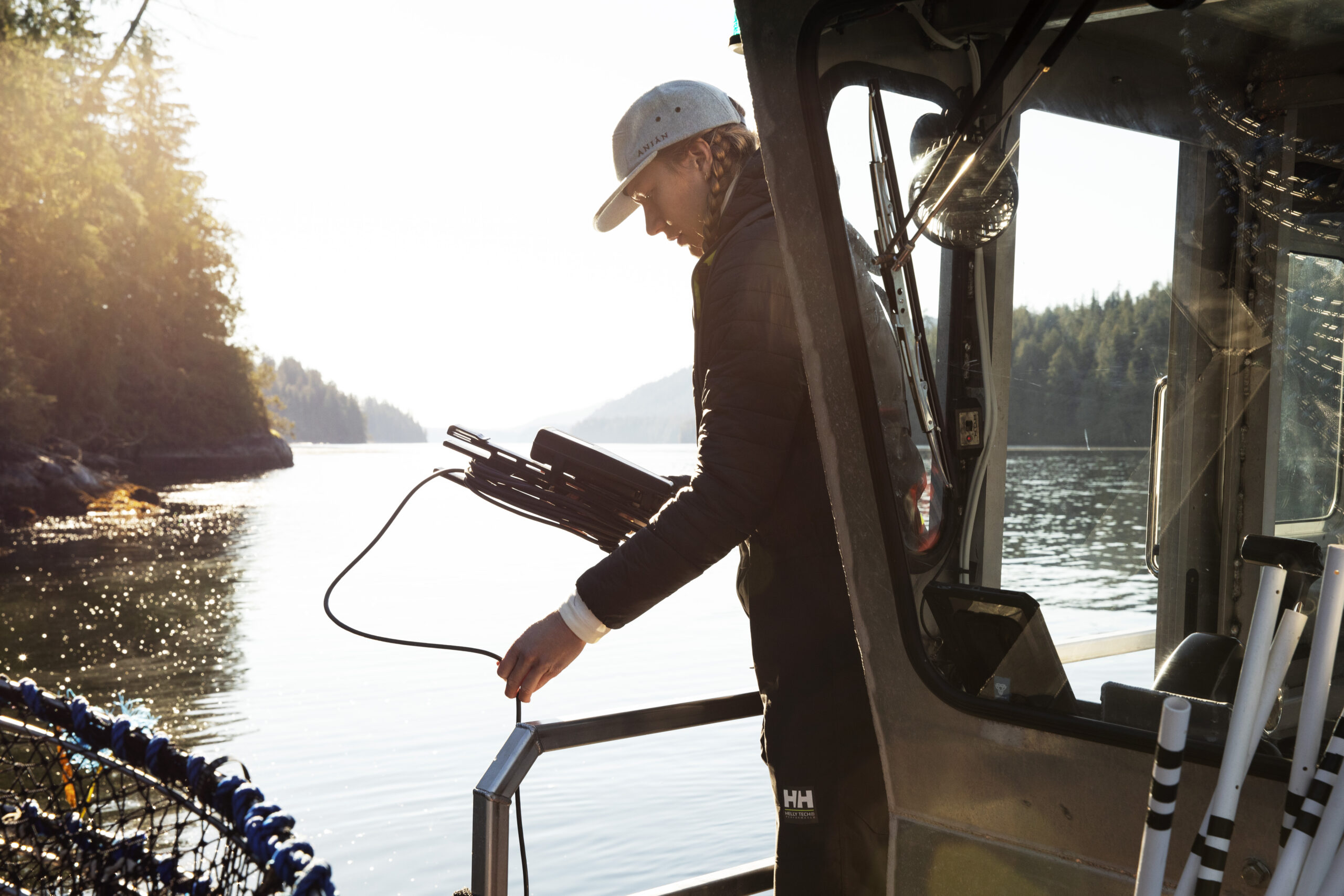
On each coast they trap at four sites a month, spending a week at each location. On Mondays, they bait their commercial prawn traps with frozen herring and drop four lines of 10 traps in that week’s estuary.
The next day they pull the traps, return any local species to the water, and count and measure the green crabs, before piling them into totes. They bait and reset the traps and carefully rinse the boat and bilge to prevent further invasive spread.
From there, the crabs are sent to the freezers. Crabs from Sooke are later composted, but the piles removed from estuaries on the west coast are no longer sent to the dump. For now, they’re stockpiled in an industrial freezer with the idea that one day they’ll be used for something.
Results from the first year of trapping are still being compiled but there are early signs it’s making a marked difference.
Teams pulled 8,000 to 10,000 green crabs a day from the Cypre River estuary in Ahousaht territory in the first few weeks of trapping, according to Stubbs. “Pretty shocking” numbers, Hasheukumiss said.
More recently though, they’ve caught less than 3,000 a day on average from the site.
“We certainly are making a difference,” Hasheukumiss said.
Coastal Restoration Society is trying to secure funding to expand the program.
The trick is choosing where else to trap.
“There are just thousands and thousands of places where green crab could be,” Alex Davis, an ecologist and post-doctoral fellow at the University of California Los Angeles, told The Narwhal.
To help figure out where to trap, Davis surveyed scientists, government officials Indigenous communities, environmental groups and concerned citizens from California north to Alaska about what they value.
She asked respondents about the economic, ecological and cultural resources they value, from Dungeness crab fisheries to ancestral sites to areas of high biodiversity. “Everybody cares about seagrass,” Davis said.
These coastal meadows are held dear not only for the seagrass itself but also the species they support.
What’s not clear is where all the seagrass meadows are. Mapping meadows, mussel beds, and other important areas could help governments make the best decisions about where to monitor and trap for green crab populations as the invasive crabs continue their insidious spread.
But what to do with the masses of crab removed?
Not long ago, Hasheukumiss, 40 or so green crabs in hand, looked to his mother and said, “let’s look up some recipes.”
During their molting stage, when their shells are still soft, you can eat green crabs whole. But even once their carapace has hardened, the crabs can be used in soup.
“When we did an experiment and my mother made up a batch, we kind of looked at each other and we’re like this is very tasty,” he said. “Why are we wasting this?”
“It seems such a shame,” he said. “Even if it’s invasive, it’s edible.”
Though Coutts, the Fisheries and Oceans Canada spokesperson, warned that “any capture, transport or use of [European green crab] for any purpose, including use as fertilizer, poses a risk in terms of promoting their spread,” there are signs Canada is changing the way it deals with aquatic invasive species.
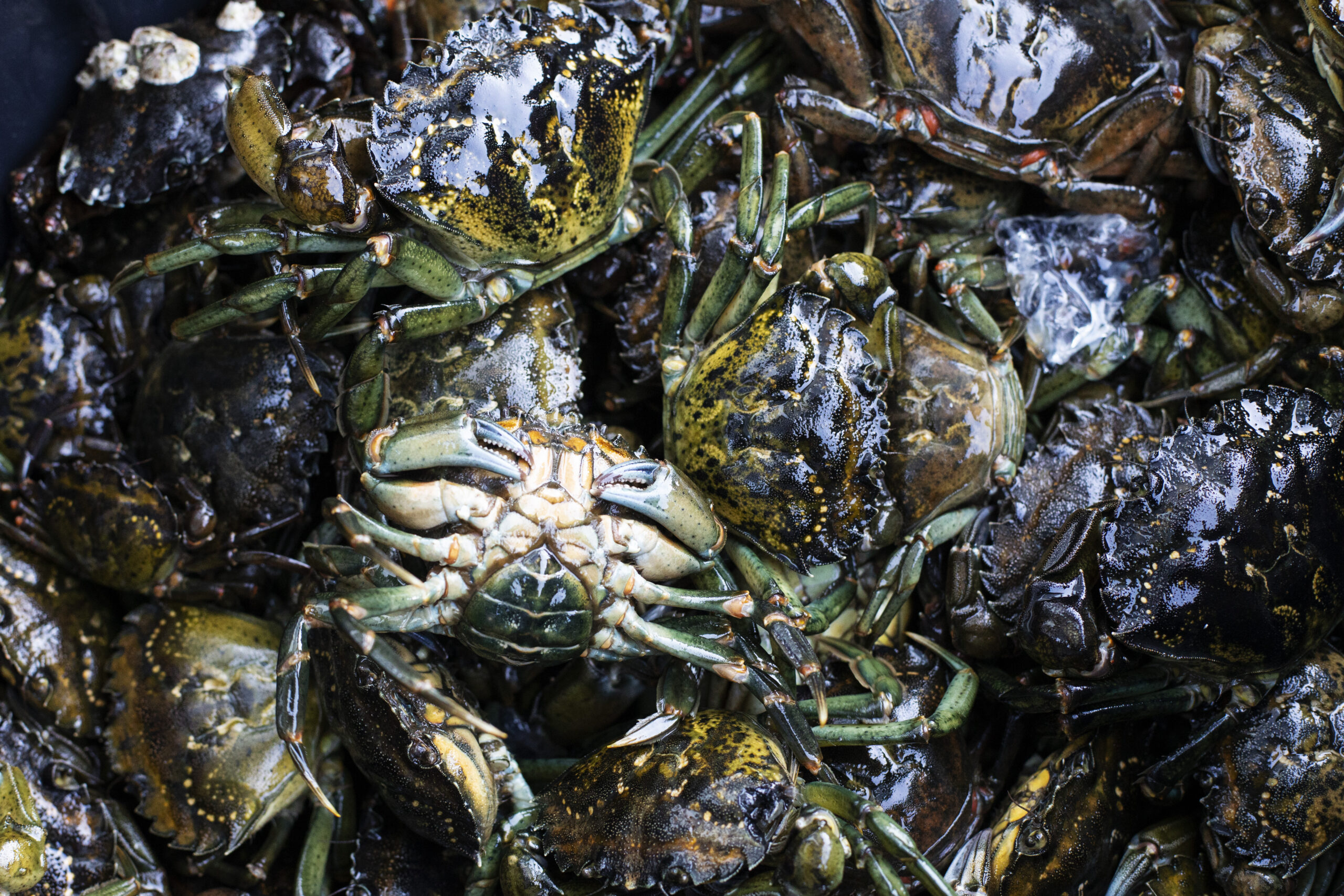
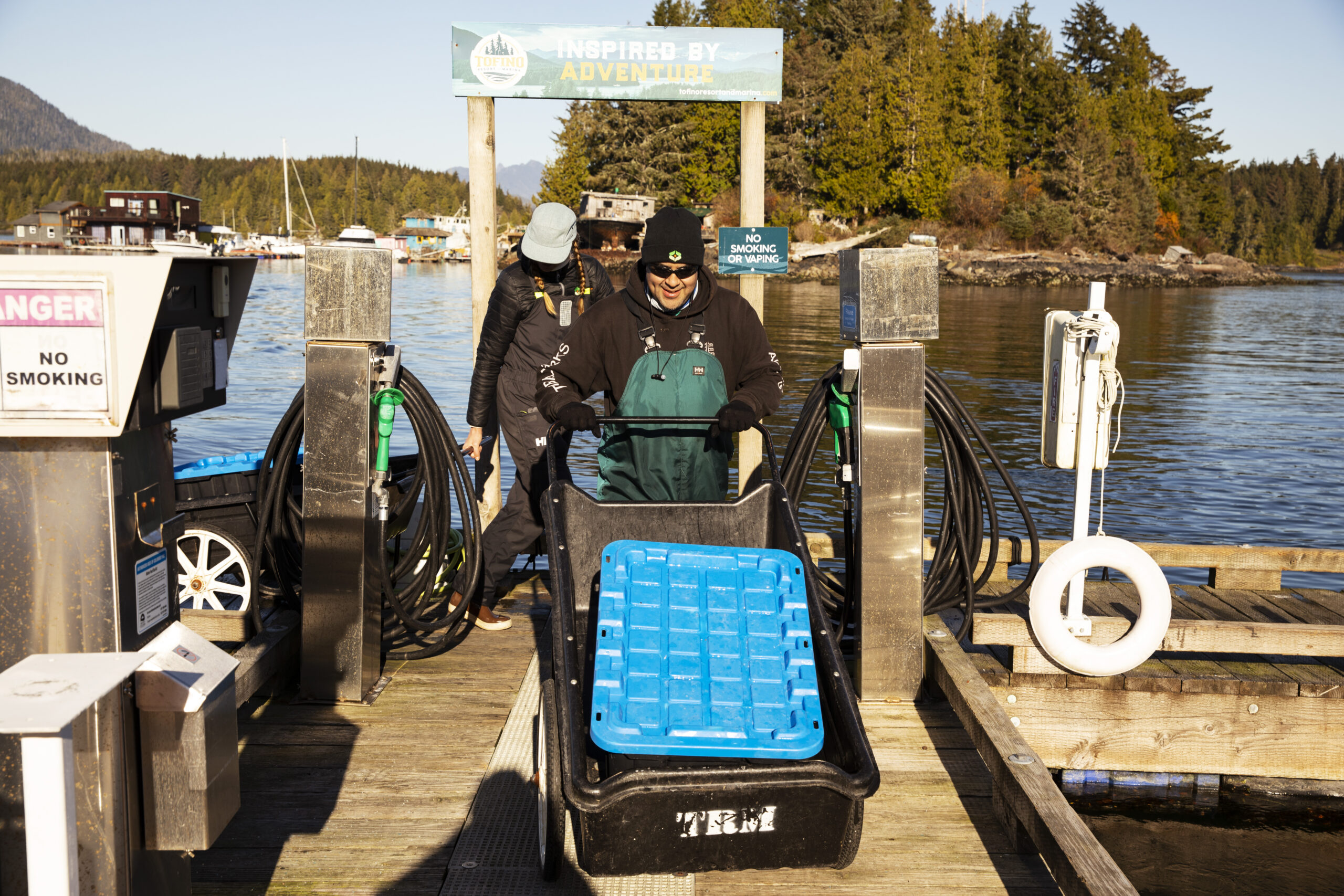
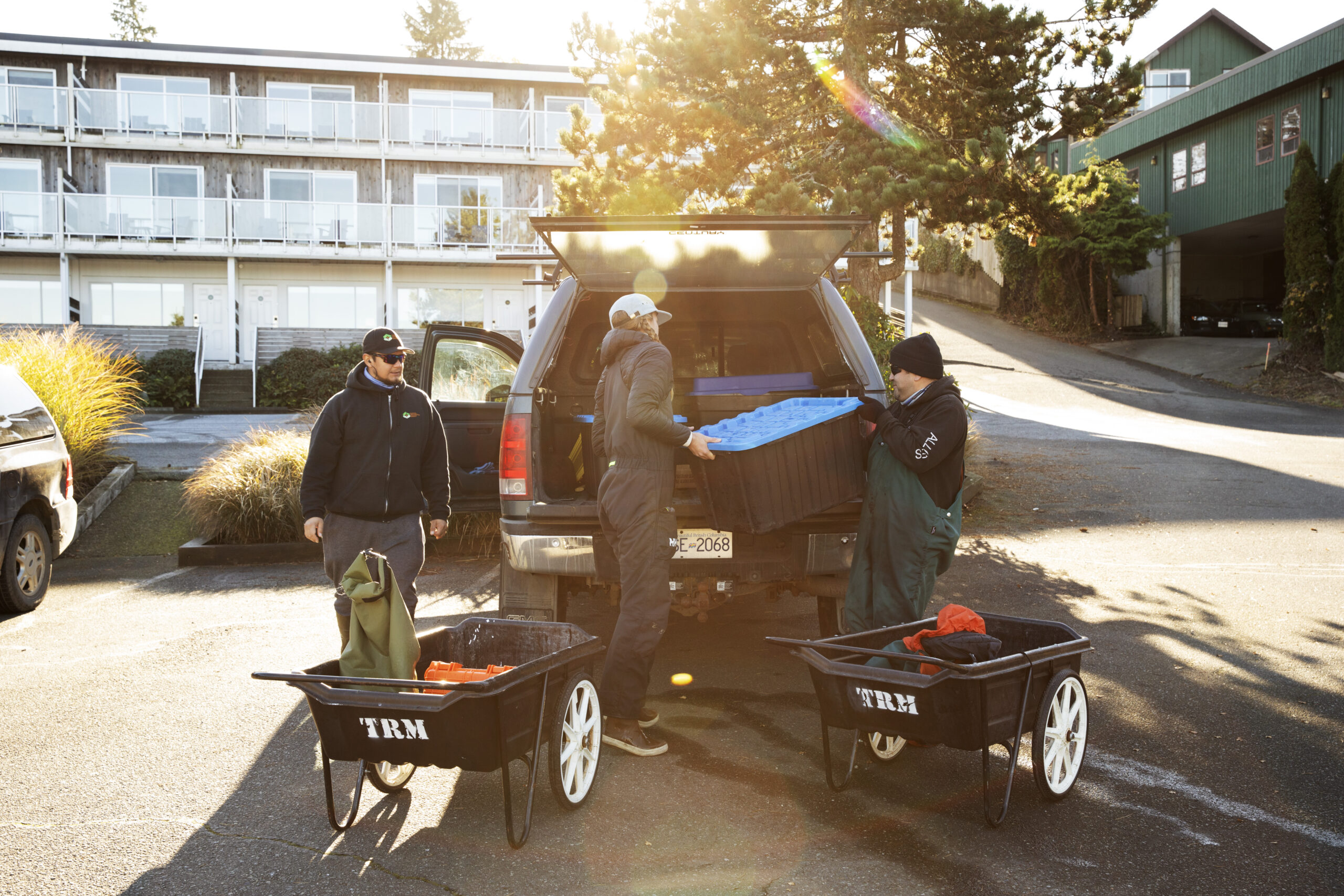
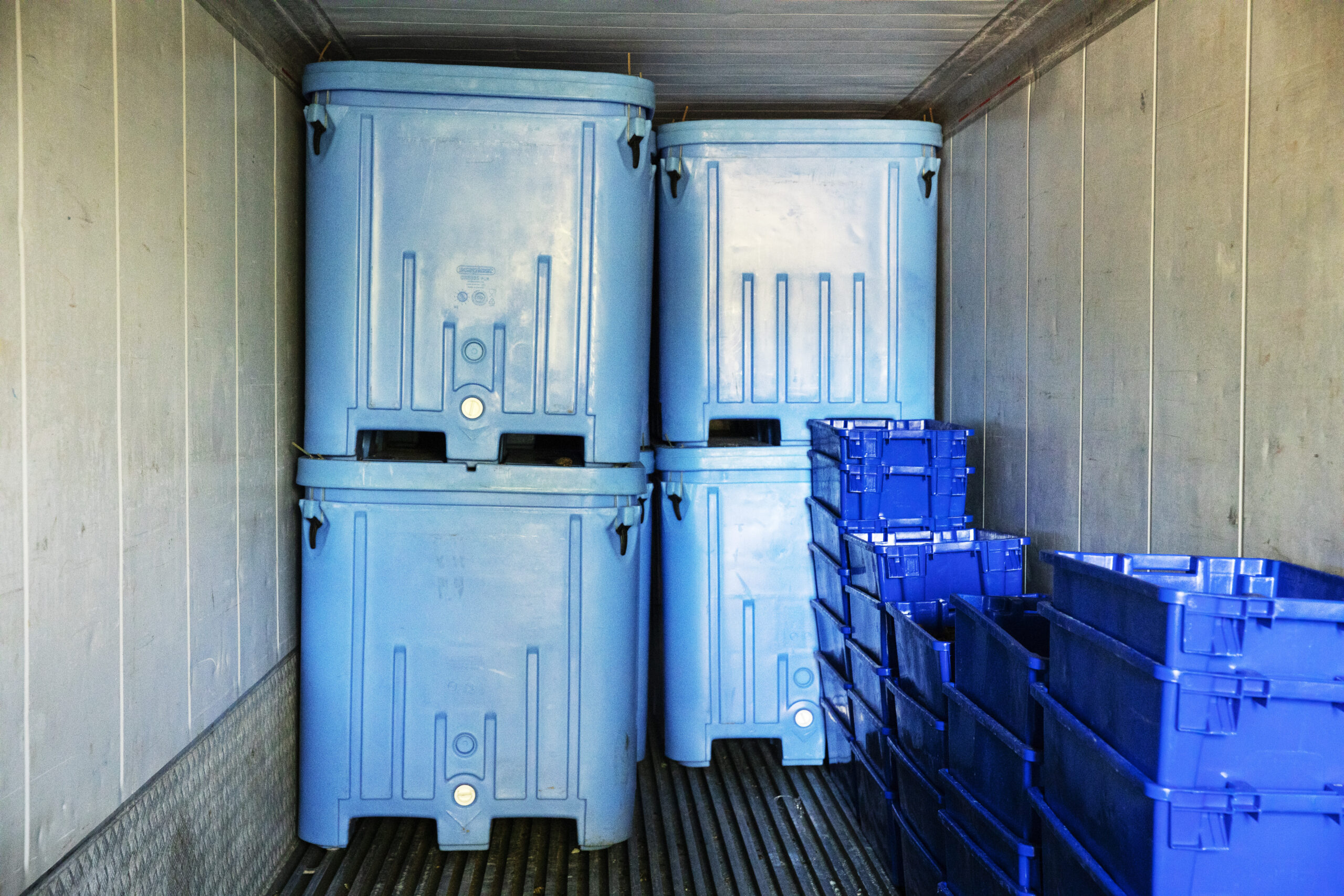
The government is assessing how to evaluate the risks of different options to use or dispose of the invasive species, she said.
When that’s done, Fisheries and Oceans Canada will be able to assess the risks and develop “appropriate licensing conditions to mitigate those risks,” Coutts said. She added that they expect to test a draft approach to permitting the use of invasive species in B.C. in the coming year.
“In theory, being able to use an invasive species as a resource is an amazing idea, especially in the numbers that we’re seeing,” Davis said. “This was perfect for lionfish.”
In Florida, the Bahamas and other areas, people have been spearfishing the invasive species for years.
Lionfish don’t look like any local fish in these areas so they’re easy to spot, and they’re fished one at a time, eliminating the risk of bycatch, Davis explained.
“With green crab, it’s not as simple,” she said.
For the untrained eye, green crabs can be difficult to distinguish from local shore crabs. For one thing, green crabs aren’t always green and sometimes local species are.
Therriault said one of the clearest ways to identify the invasive species is to count the number of pointy spines the crab has on either side of its carapace. Green crabs have five.
But Davis warned that can be a little complicated too — what if the shell is damaged?
For the trappers working to catch green crab in Ahousaht, Tla-o-qui-aht and T’Sou-ke First Nations territory who know how to identify green crab and safely return any local crabs caught in the traps, the answers may be more straightforward. They’re already catching tons of green crab — tens of thousands are sitting in a freezer right now.
The “sticking point” is likely around the broader policy questions, Davis said, like what happens when other groups want to start catching green crab too and how to ensure they don’t accidentally start pulling local species from coastal waters en masse or unintentionally spread green crab to new areas.
Hasheukumiss is hopeful green crabs will soon be used for food.
In some places it’s already happening. In New Hampshire a distillery teamed up with researchers to produce green crab flavoured whiskey. It’s a “salty, briny type of whiskey,” according to Davis. From New England, there’s even a green crab cookbook. Scientists have also looked at using green crabs for bioplastics or fertilizer.
With so many possible uses, some may question whether there’s a potential for a commercial fishery, particularly in areas on the east coast, where green crabs are firmly established.
It’s something Fisheries and Oceans Canada has explored. Internal government documents obtained through an access to information request show the national fisheries intelligence service assessed the “market risk of opening a commercial harvest for European green crab” and recommended against it.
It “would pose a high risk of aquatic invasive species spread to unaffected areas,” it found.
“The potential for economic gain can encourage risky behaviour,” it noted, for instance moving invasive crabs to new areas “to start a population to then harvest for profit.”
But “there is a need for continued effort towards systemic removal of the species to limit its spread,” the report notes.
“The European green crab appears here to stay. However, its continued presence will certainly lead to economic and environmental consequences.”
